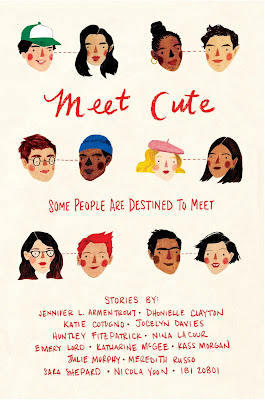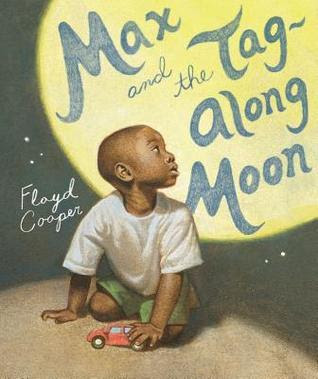We had a great discussion of our two picture books at our December Zoom meeting. We began with Wonder Walkers by Micha Archer. We all loved this book. We loved the fact that it dealt with a young sister and brother who were exploring their world on their own, and asking their own questions about it -- without any adults telling them what to look for/at. We loved their closeness, and they way they communicated and understood each other. We loved the fantastic colorful multi-faceted collage illustrations which showed the wonder of the world around them -- as they wondered about it. (We also loved the dual meaning of the word 'wonder'!) We thought that these illustrations, which showed such painstaking detail, were a wonder! We wondered if Archer had done them all by hand OR if she had used digital availabilities. We thought it was the children who actually made every picture meaningful with their bright, inquisitive faces. As for the text, one reader said she became a bit bored with the continual questions, but others felt that the economical text told so much....with the phrases, "I wonder" and "Me too" popping up in the middle of the book, and then again at the very end. We thought this was a great read-aloud, and would be very useful in home and classroom situations in helping young children to become more observant of the world around them. A 'thumbs-up' all the way!
We were equally impressed with our second picture book, Your Place in the Universe by Jason Chin. We loved the concept of how the first illustration pulled the reader in, with its focus on the group of diverse eight-year-olds, as the idea of size was explored, and how in each ensuing spread the 'universe' got bigger as the children, books, animals, trees, and skyscrapers got smaller. We thought that the way Chin showed relative size was not only very clever, but very informative as well. Since it was a challenge to keep the text simple, we liked the way that Chin augmented this by using a different smaller font where specific scientific explanations or measurements were necessary. As the universe was shown to get bigger and bigger, the text always circled back to the kids. We thought the final illustration of the Cosmic Web (even though no-one has ever seen it) was very engaging and compelling. We loved that it ended back with the group of kids -- realizing they were on our Earth -- a little dot in this great Cosmic Web. We thought young readers would find this book very interesting, since it dealt with comparisons they themselves could make as they learned about relative size. We also felt it could encourage kids to further explore STEM possibilities. We were also very pleased with the extensive Back Matter which provided a wealth of additional facts and figures about Earth and its place in the universe.
We loved the relationship between these two wonderful picture books: a sort of left brain/right brain -- facts/imagination exploration of our planet and our place in it.






















